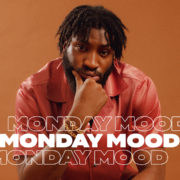How Street Style Photography Led To Influencer Culture Today
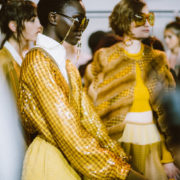
Contemporary Street style photography started to take off around 2005, picking up more momentum from 2008 up until the early 2010s. By street style, I’m really talking about fashion week style, which shaped modern fashion and influencer culture immensely.
Let’s take a look at how street style photography led to influencer culture today.
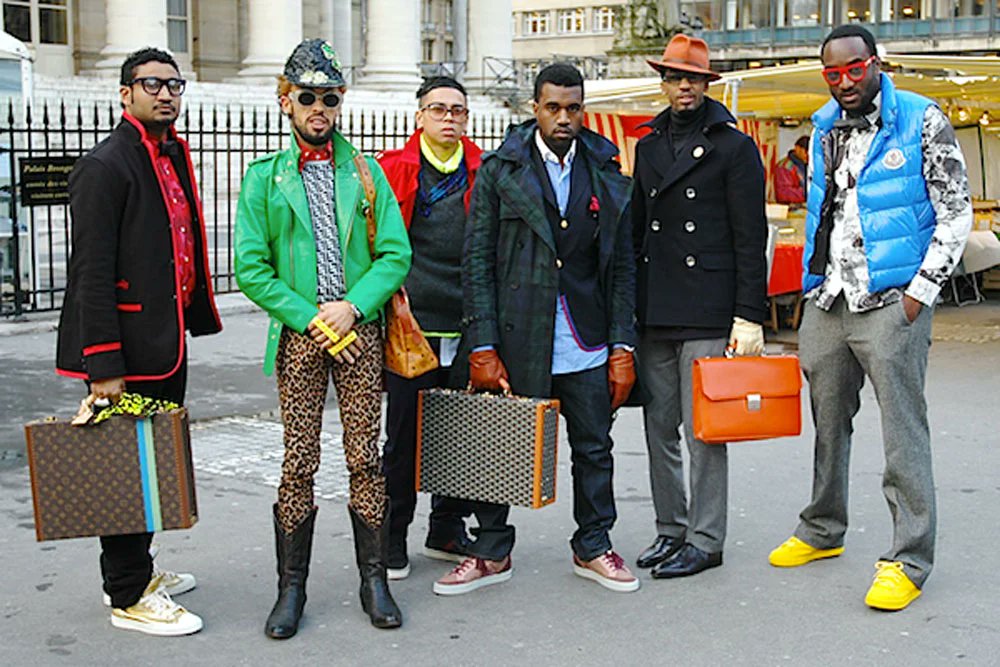
The rise of street style blogs in 2005 was a sight to see, as was fashion week with swarms of amateur and professional photographers alike, jostling to snap the stylish and interestingly dressed attendees.
Before this there was Bill Cunningham who is thought of as the originator of street style photography. His imagery had a huge impact on the late noughties and early 2010 era of street style photography.
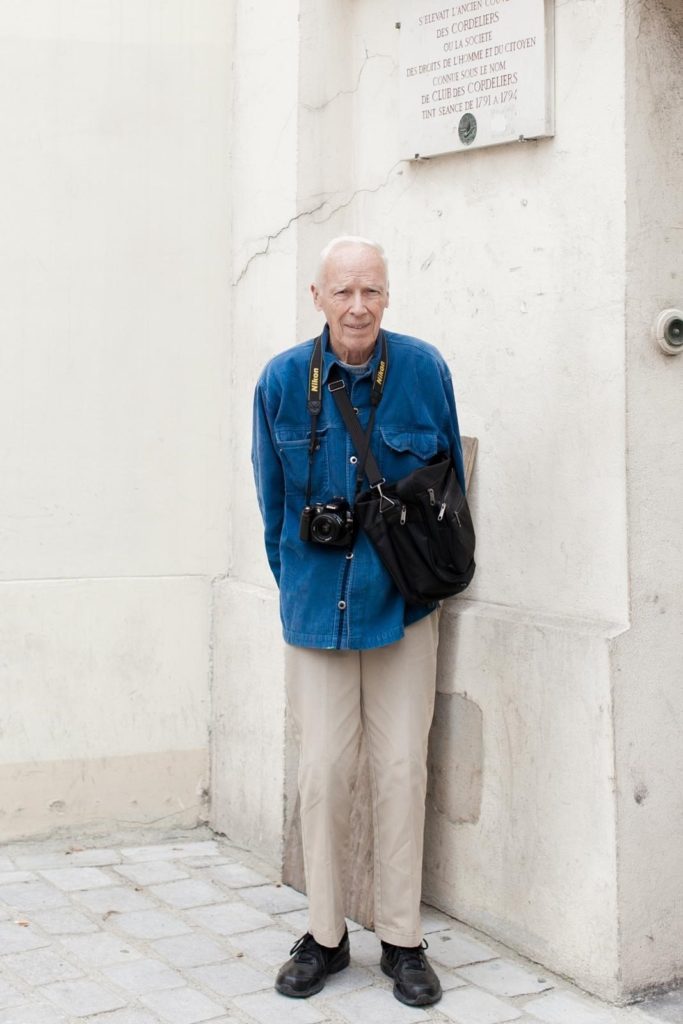
Street style is important to fashion culture because the best way to really determine the dominating and lasting trends of a time period is to look at what people were/are wearing on the street in their day to day lives.
These days popular street style photography depicts one off instances of style and dress, namely at fashion weeks or in fashion hotspots where people dress as spectacles, in order to be noticed and photographed.
You might have followed blogs like The Sartorialist or Jak and Jil, run by street style photographers Scott Schuman and Tommy Ton who rose to prominence during this time, documenting who was wearing what outside of fashion shows.
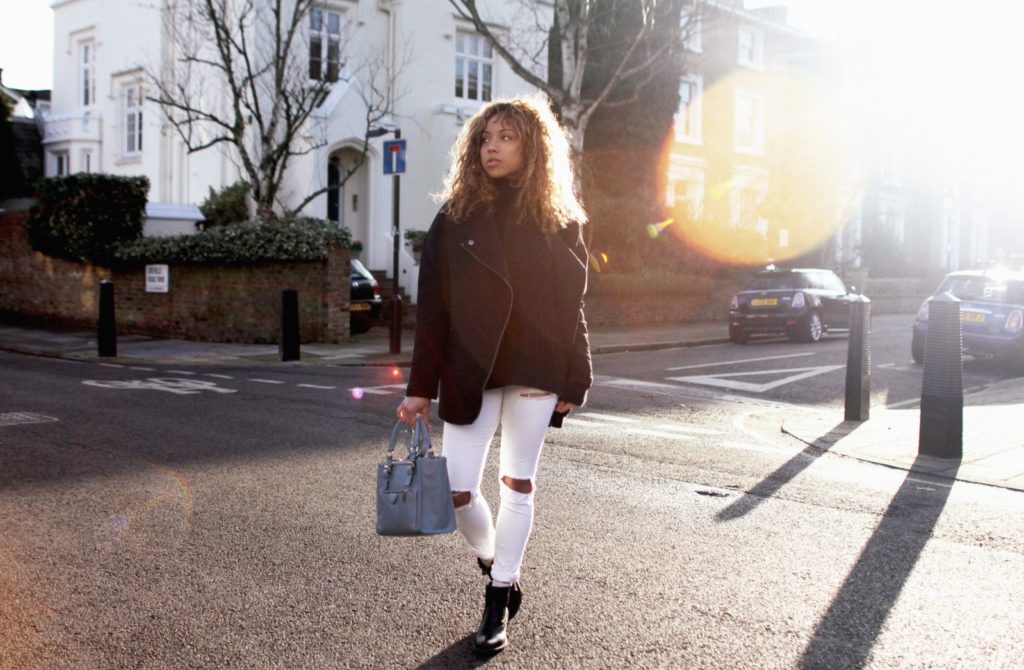
As a teen, I followed bloggers such as Beauty Crush now known as Samantha Maria, BritPopPrincess aka Patricia Bright, and Melissa’s wardrobe who would regularly post snaps of their style shot in aesthetically pleasing locations around London.

Instagram launched in 2010 but it wasn’t until 2013 that it began to gain popularity. Anyone with a decent camera could get on the platform, post pictures of their style, and potentially amass hundreds and thousands of followers.
Fashionistas started to take their own photographs, create and curate their own aesthetic and publish it to a potentially huge audience reducing the reliance on street photographers to get noticed.
Fashion week attendees wore audaciously daring outfits, to the point of sometimes being ridiculous, for a chance at being snapped and this peacocking exercise was adopted by the Instagram girls for a chance at being followed.

The cool and stylish people who went to fashion week, even if they couldn’t get in, hoping to get snapped, the images of models, celebrities and editors caught by street style photographers who shared these images to their blogs, viewers like myself taking huge inspiration from the styles we saw captured and reposting them on Tumblr.
Without this period influencer culture and a lot of modern fashion photography probably wouldn’t be what it is today.

